One of the main reasons that we wanted to set up this blog is to keep everybody up to date with any developments that that are going on behind the scenes at Maguire Workbenches. We’re constantly dabbling and experimenting with new designs and improvements to our product range and quite often we fail to make these changes apparent on our website (my fault of course!). So from now on any new developments will be announced on here first and we are looking to bring our website fully up to date very soon.
Update: At the present time we’re not building any workbenches for sale, however we have many resources on this website that will help guide you with your own workbench build.
Our English Workbench Video Series takes you step by step through a traditional bench build, starting out with a discussion on choosing the ideal dimensions, demonstrations of how to cut the joinery, right through to flattening your workbench top and building the face vice from scratch.
If you’d like us to guide you through your build with detailed videos and PDF plans, then you can find full details for this Workbench Series here.
To bring you up to speed here are a few things you may have missed:
Holdfasts:
When we struggled to source a European supplier of these simple yet effective clamping tools Richard set to on the forge and began making some for himself based as always on good old traditional designs. The results were great and when available they’ve made their way to some of our customers as well however not wanting to take on the role of a full time blacksmith we’ve no plans for making any further batches for the time being. Instead Richard has spent some time testing and advising on prototypes of a holdfast being made by Auriou Toolworks – famous for their hand stitched rasps. These are an excellent example that clamp securely and have a beautiful hand forged finish, they have been available for some time now and they will be added to our website over the coming weeks.
Face Vice:
When we first designed our Empire workbench we used a series of wooden guides and runners on the face vice to minimise racking. For sometime prior we’d been working on an alternate ‘shaft system’ that would not only prevent rack but would also make the vice extremely smooth to open and as a bonus be simple to install. We added this system to our Empire workbench mid last year and it is now also available on the Artisan model. To give you an idea of how the system works we made this short video Maguire Face Vice again the hardware will be available on our website soon.
Pinless Leg Vice:
Alongside the face vice we began developing our pinless leg vice. We don’t really have a problem with using a parallel guide and pin and feel that it will give the strongest grip of any alternate face vice but in the interest of simplicity and intrigue we investigated further. We first drew our attention to the past and experimented with a few versions of the St Peter’s cross. This is another one of those incredibly simple ideas that works a treat and as with most historical workbench features Richard had spent some time playing around with this one already so we had a good idea of what to expect. The cross worked great; it kept the jaw parallel and clamped as strong as we would ever need. The only trouble we came in to was designing it to fit under the wooden screw without interfering with the joinery in the base below as the cross can be rather long. We continued to work on this whilst trying out several other ideas one of which was to take the shaft system used in the face vice and mount it vertically. With a slight tweak this worked incredibly well and allowed a very smooth opening and closing of the vice yet griped the work incredibly firmly as you would expect from a leg vice. The shaft system replaced the previous parallel guide in the workbenches that we have built since around mid last year and we have also sold hardware for this and the St Peter’s Cross to customers who have enquired for their own workbench builds. We will provide further details about fitting when these are added to our website.

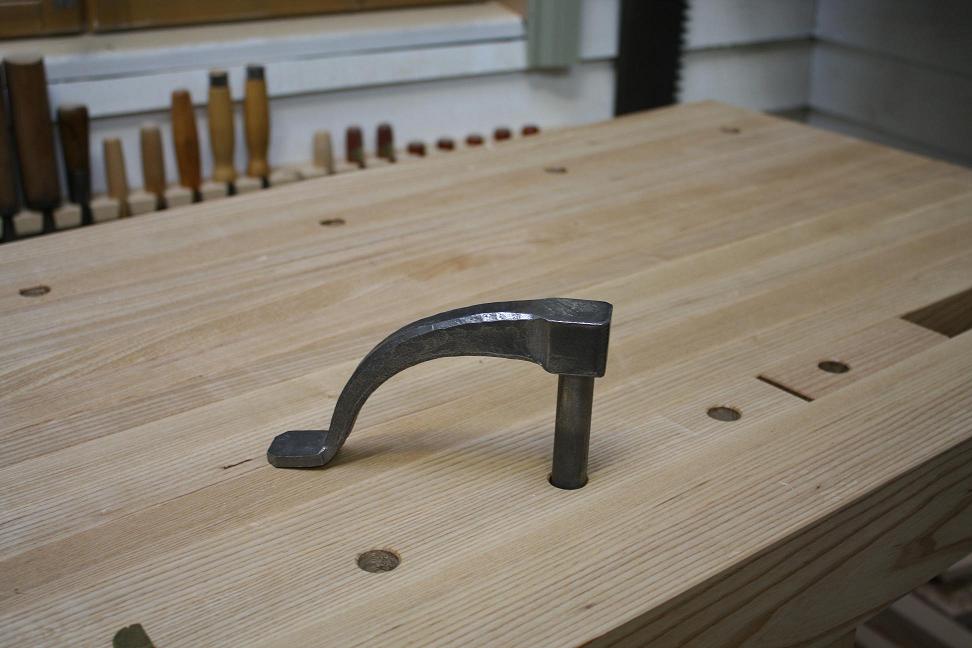

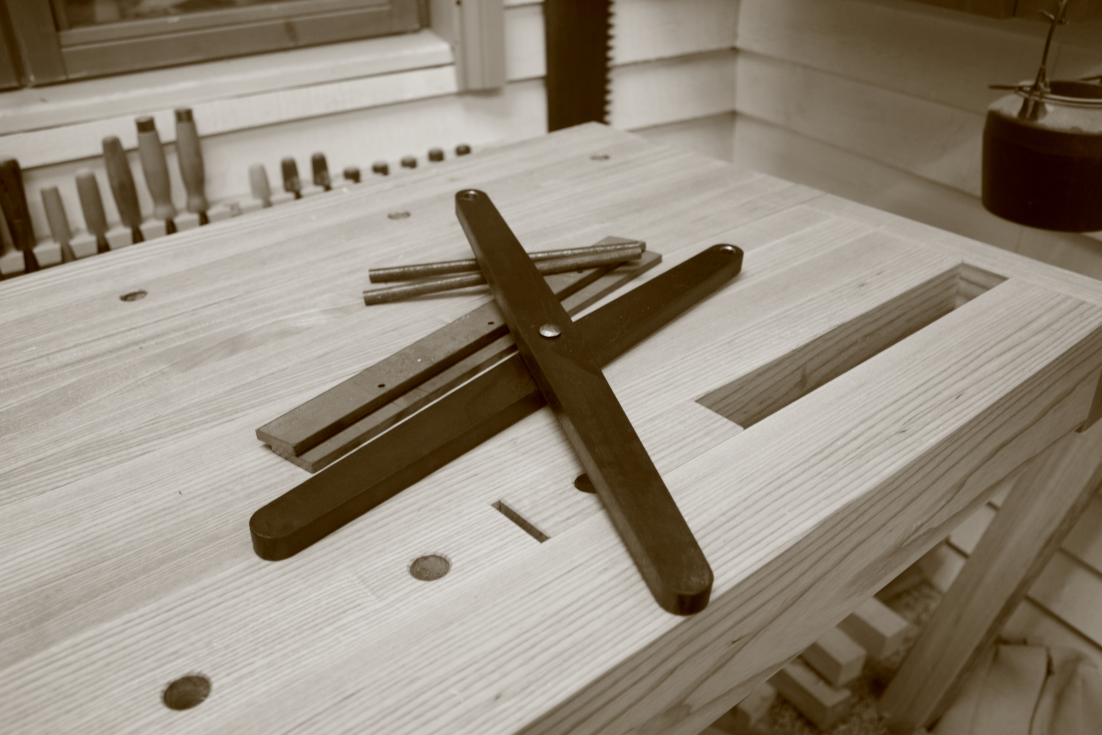
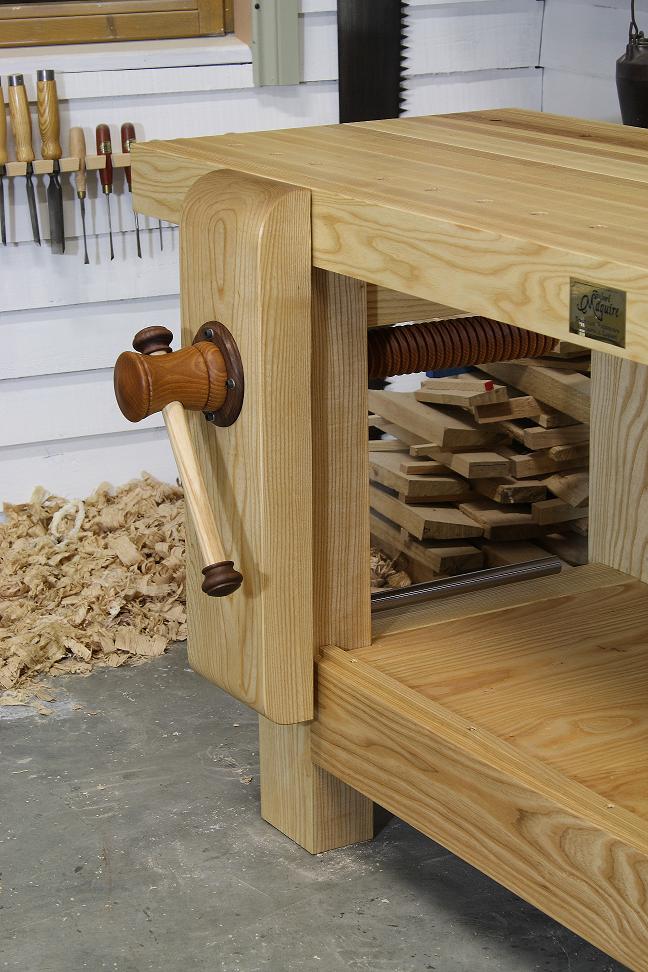
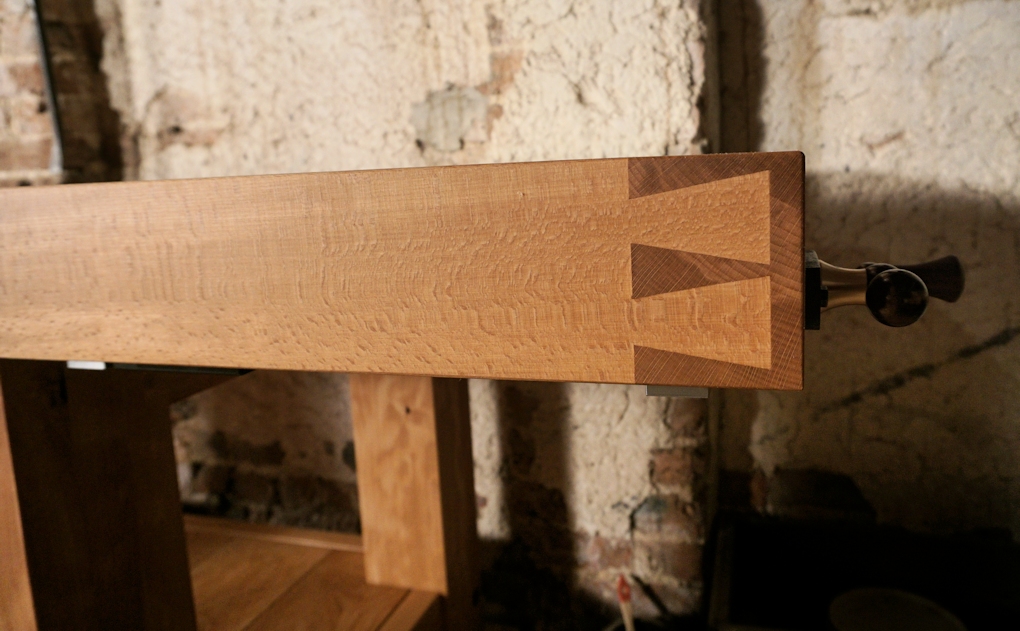

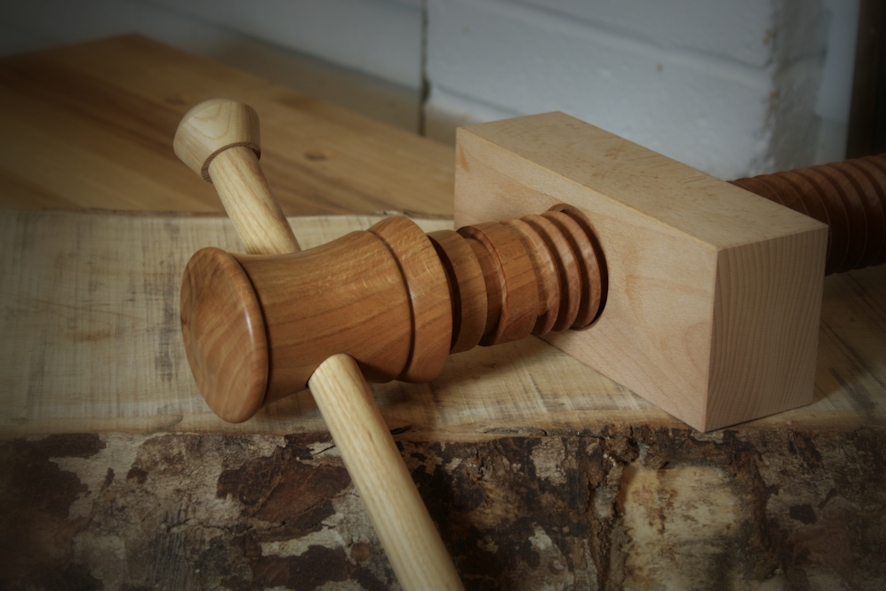
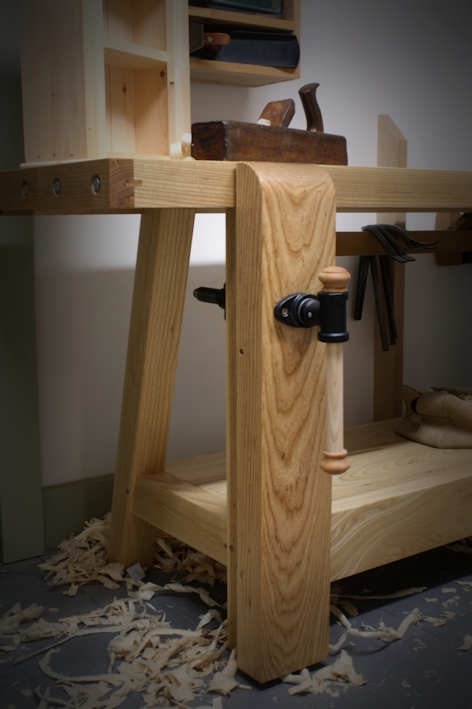
Interesting to see that Richard is developing the St Peters cross hardware. Last week Christopher Schwarz posted on his blog about the idea and that Benchcrafted were going to produce a version.
Hi Patrick, yes a customer pointed that out to us last week and asked us what the differences might be. That was the first that we’d heard about the Benchcrafted version so we don’t know very much about it but we have used some of their other hardware in the past and we’re confident that it will be just as good. I expect any updates will be posted on their blog: http://benchcrafted.blogspot.co.uk/
Helen,
I saw something about it being made from cast iron which seems a bit odd to me but then I’m not a bench maker. All I know is with two kids it will be out of my price range.
Thanks Helen, some great work going on in the devilment department.
Thanks for all the updates, this site is really starting to rock, keep up the good work guys well done.
Very Best
Ken
Very impressive indeed. The fusion of deep research with innovation is producing some real advances in bench design and build. I don’t think this is being done anywhere else in the World. I really need to come and have a nose round 😉
I recently tried to make a St. Peter’s Cross with 25x6mm steel flat bar, but it goes out of parallel. I attach a link for a more detailed description. Can you offer any suggestions on how to fix this?
http://awalkinthewoods-woodworking.blogspot.com/
nice blog,looking forward to reading more.